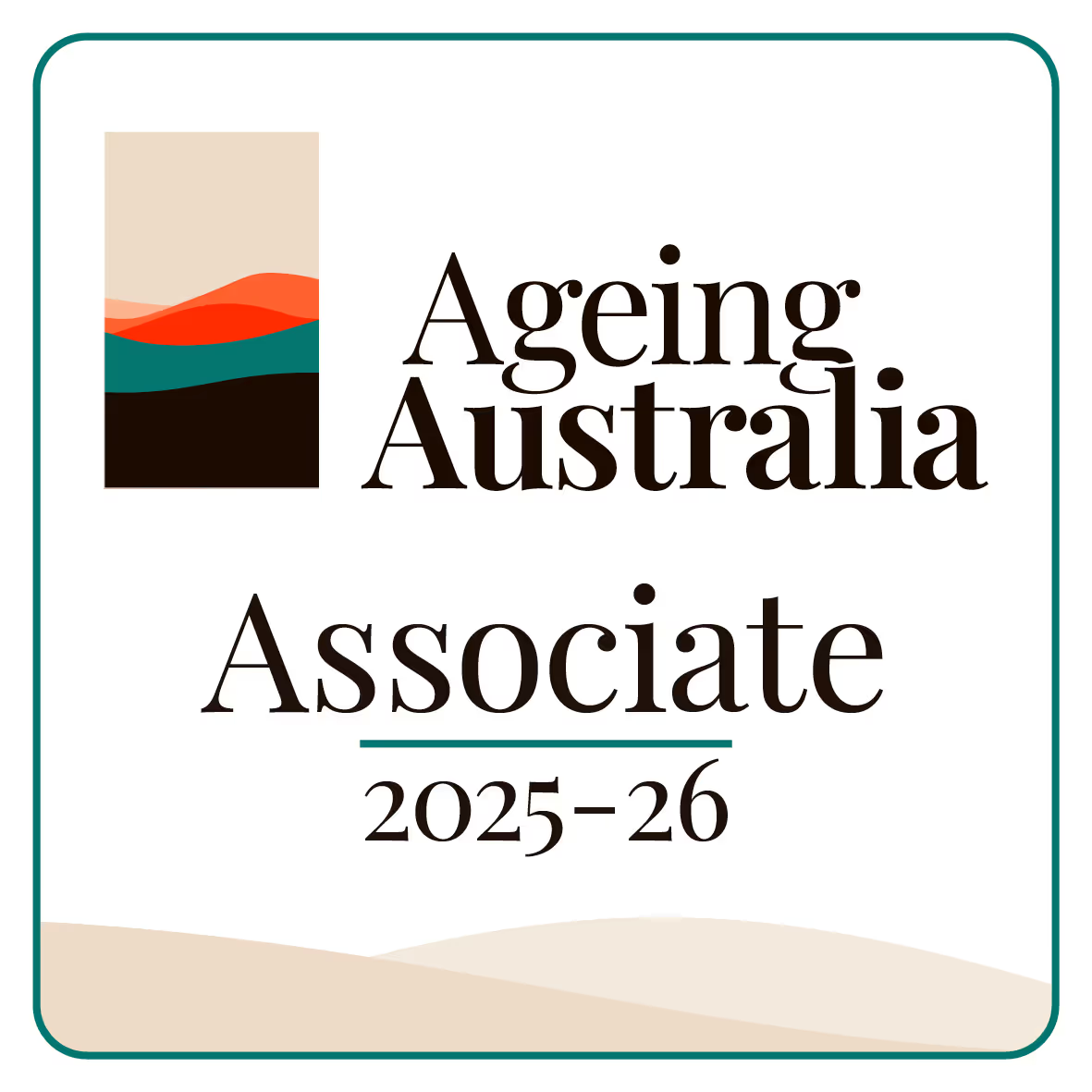What Does "Services/Items Available at a Cost" Mean?
Services and items available at a cost means you must pay money to use or receive certain things. These can be services (help or work done for you) or items (physical objects or goods). They are not free because someone must spend time, skill, or materials to make or provide them.
When something is available at a cost, you usually pay with money. Sometimes, you might pay all at once. Other times, you might pay regularly, like once a month.
Examples of Services Available at a Cost
Services are tasks or actions someone does for you. Here are some common examples that cost money:
- Haircuts: A hairdresser cuts or styles your hair.
- Car repair: A mechanic fixes your car when it breaks down.
- Medical check-ups: Doctors or nurses help you stay healthy.
- Tutoring: A teacher helps you learn a subject better.
- Home cleaning: A cleaner helps keep your house neat and tidy.

These services cost money because the provider uses their time, training, and tools to help you.
Examples of Items Available at a Cost
Items are things you can touch or keep. Some examples of items you might pay for include:
- Food and groceries: Fruits, vegetables, bread, and snacks
- Clothing: Shirts, pants, shoes, and jackets
- Toys and games: For fun and playtime
- Books: For reading or learning
- Phones and computers: For staying in touch and doing schoolwork
You buy these items in stores, online, or from people in your community.
Why Do Some Things Cost Money?
People work hard to make or provide things. They spend time learning skills or using tools. They also use materials like wood, fabric, or medicine. When you pay for something, it helps cover:
- The person’s time and effort
- The tools and supplies used
- The cost of running a shop, business, or service
Paying money is also a way of showing respect for someone’s work. It keeps things fair and helps others earn a living.
How Do People Pay for Services or Items?
There are different ways to pay:
- Cash (coins and paper money)
- Credit or debit cards
- Bank transfers
- Online payment apps
.png)
Some people also use gift cards or vouchers. If someone cannot afford a service or item, they might get help from a government program, charity, or family member.
Final Thoughts
Not everything is free. When you need help or want something special, you often need to pay. Knowing what costs money and planning for it helps people spend wisely and live better. Always ask if something has a price, and make sure you know what you are paying for.
Frequently Asked Questions
What does the term "Services/Items Available at a Cost" mean?
The term means you must pay money to use or receive certain things. These could be services (work or help done for you) or items (physical objects or goods). They are not free because time, skill, or materials are used to provide or make them.
What are some examples of services and items that are available at a cost?
Examples of services available at a cost include haircuts, car repair, medical check-ups, tutoring, and home cleaning. Examples of items available at a cost include food and groceries, clothing, books, and phones and computers.
Why do some services and items cost money?
They cost money to cover the provider's time and effort, the tools and supplies used, and the cost of running a business or service. Paying for them is a way of showing respect for someone’s work and helps them earn a living.
How can people pay for services or items available at a cost?
People can pay using various methods, including cash (paper money and coins), credit or debit cards, bank transfers, or online payment apps. Sometimes, people may also use gift cards or vouchers.






